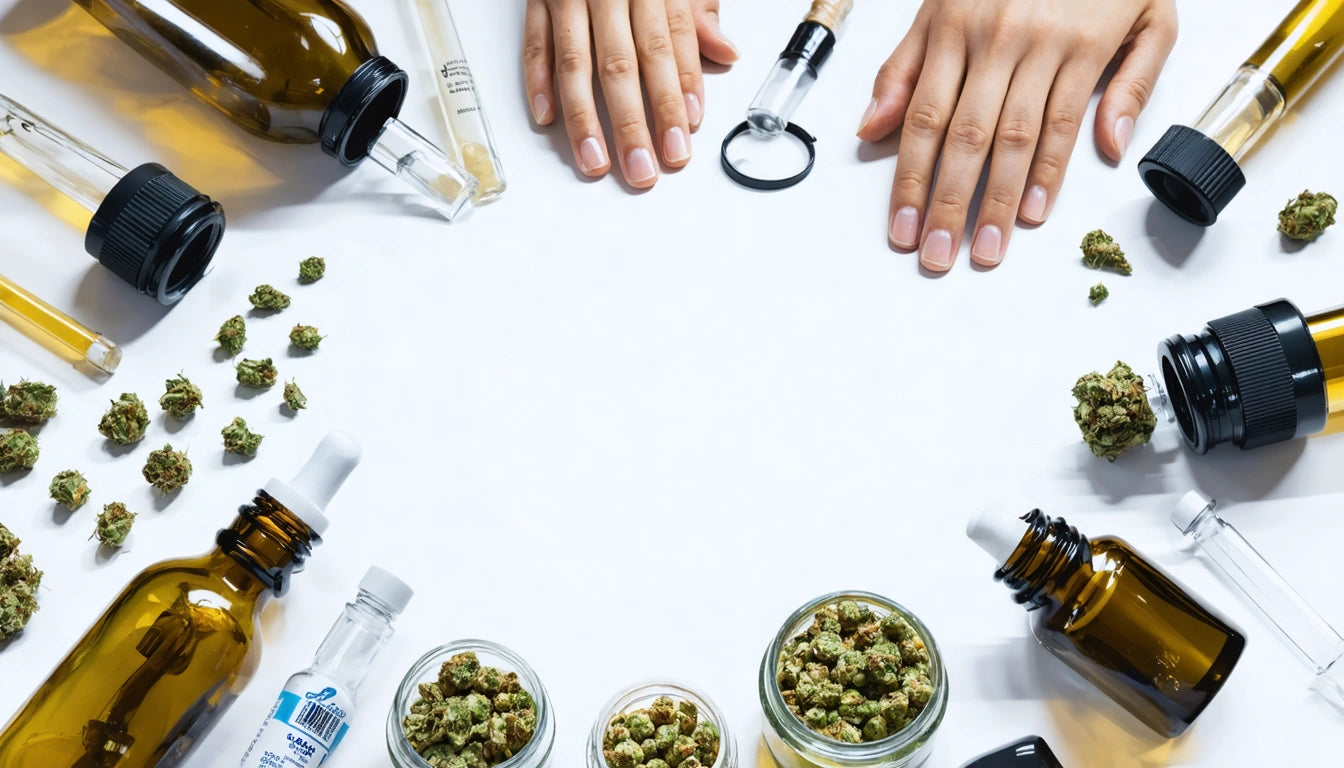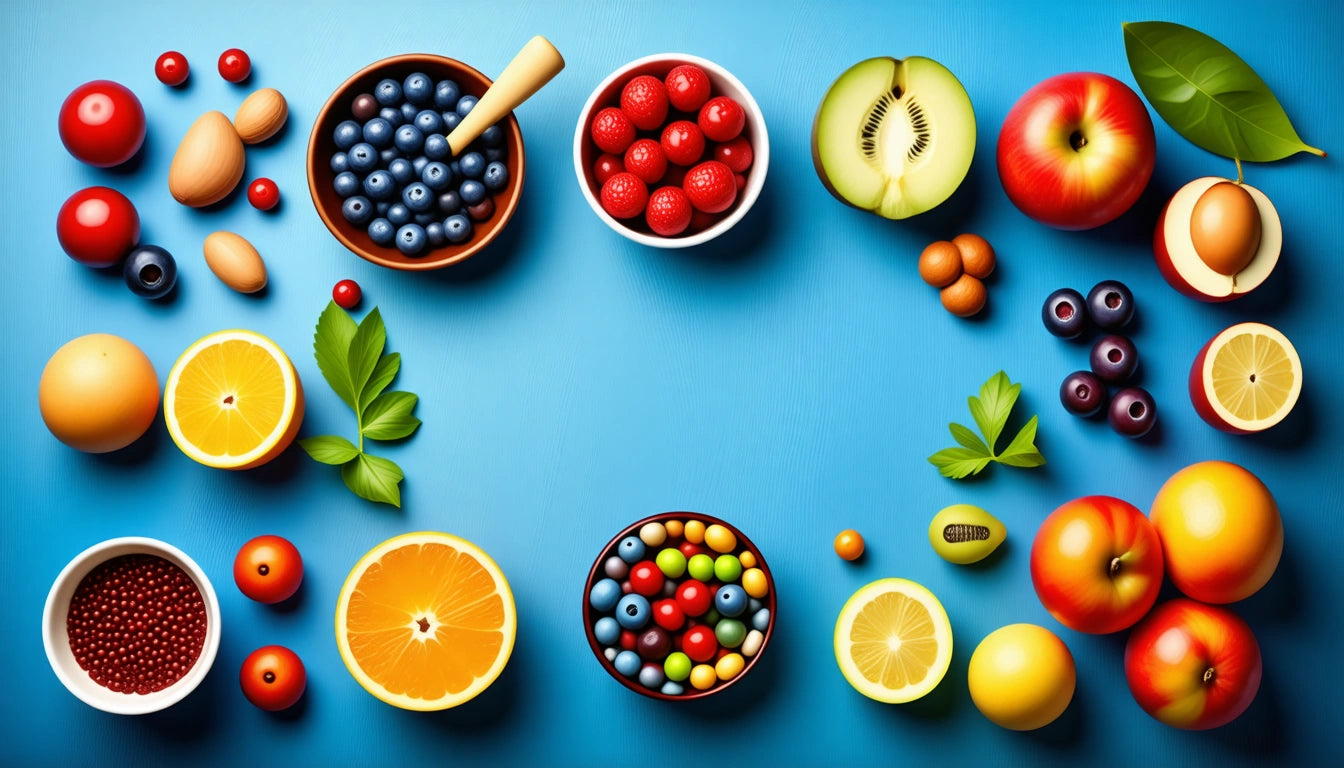Table of Contents
- Understanding Fertilizer Basics for Pot Plants
- NPK Ratios: Finding the Right Balance
- Best Fertilizers for Vegetative Growth
- Top Fertilizers for Flowering Pot Plants
- Organic Fertilizer Options for Home Growers
- Best Store-Bought Fertilizers for Outdoor Grows
- Application Methods and Feeding Schedule
- Maximizing Fertilizer Effectiveness for Healthier Plants
The Ultimate Guide to Choosing the Best Fertilizer for Pot Plants
Selecting the best fertilizer for pot plants can significantly impact growth, yield, and overall plant health. Whether you're growing cannabis or other potted plants at home, understanding fertilizer fundamentals is essential for successful cultivation. This comprehensive guide explores various fertilizer options, their applications, and how to choose the right product for your specific growing conditions.
Understanding Fertilizer Basics for Pot Plants
Fertilizers provide essential nutrients that plants need to thrive. For pot plants specifically, nutrients must be more readily available since the root system is confined to a limited space. Unlike plants growing in open soil that can extend their roots to search for nutrients, potted plants rely entirely on what's available in their container.
The best fertilizer for plants at home should address three critical aspects: nutrient content, release rate, and application method. Plants in containers typically need more frequent feeding than those in the ground because nutrients leach out during watering.
NPK Ratios: Finding the Right Balance
Every fertilizer features an NPK ratio, which represents the proportion of nitrogen (N), phosphorus (P), and potassium (K). Understanding these ratios is crucial when selecting the best fertilizer for pot plants:
- Nitrogen (N): Promotes vegetative growth, leaf development, and overall plant vigor
- Phosphorus (P): Supports root development, flowering, and fruiting
- Potassium (K): Enhances overall plant health, disease resistance, and stress tolerance
During different growth stages, plants require varying nutrient ratios. For instance, during the vegetative stage, plants benefit from higher nitrogen levels (such as 3-1-1 or 4-2-3), while flowering plants need the best high phosphorus fertilizer with ratios like 1-3-2 to promote bud development.
Best Fertilizers for Vegetative Growth
During the vegetative stage, pot plants focus on developing strong stems, branches, and lush foliage. The best fertilizer for growing pot during this phase should be nitrogen-rich. Some excellent options include:
- Fox Farm Grow Big (6-4-4): Ideal for robust vegetative growth
- Advanced Nutrients Grow (3-1-3): Specifically formulated for cannabis
- General Hydroponics Flora Series: Customizable three-part nutrient system
These fertilizers promote vigorous growth and prepare plants for the flowering stage. For more detailed information on optimizing vegetative growth, check out our guide on top nutrients and feeding tips.
Accurate measurement is crucial when applying fertilizers. Using precision digital scales helps ensure you're providing the exact nutrient amounts your plants need, preventing both deficiencies and toxic buildup.
Top Fertilizers for Flowering Pot Plants
The flowering stage requires a shift in nutrient ratios, with increased phosphorus and potassium levels. The best fertilizer for flowering pot plants includes:
- Fox Farm Tiger Bloom (2-8-4): High phosphorus content for abundant flowering
- Advanced Nutrients Bloom (1-3-4): Specialized for cannabis flowering
- Botanicare Pure Blend Pro Bloom (1-4-5): Organic-based liquid nutrient
These products encourage robust bud development and higher yields. Many growers consider phosphorus-rich formulations the best pot plant fertilizer during flowering, as this nutrient directly supports the development of flowers and increases their size and density.
Organic Fertilizer Options for Home Growers
Organic fertilizers are increasingly popular among home growers seeking sustainable options. These fertilizers work with soil microorganisms to deliver nutrients gradually and naturally. Some of the best organic options include:
- Worm castings: Excellent all-purpose amendment rich in beneficial microbes
- Bat guano: High-phosphorus natural fertilizer ideal for flowering
- Fish emulsion: Nitrogen-rich liquid organic fertilizer
- Compost tea: Homemade liquid fertilizer full of beneficial microorganisms
Organic fertilizers improve soil structure over time and reduce the risk of nutrient burn. For a comprehensive approach to natural growing, our guide to fertilizing cannabis and potted plants naturally offers valuable insights.
Best Store-Bought Fertilizers for Outdoor Grows
When looking for the best store-bought fertilizer for outdoor grow operations, consider these top performers:
- Down To Earth Organic Fertilizer Mixes: Balanced blends for various growth stages
- FoxFarm Dirty Dozen Nutrient Kit: Comprehensive nutrient package
- Espoma Organic Plant Foods: Widely available organic options
- Dr. Earth Premium Gold: All-purpose organic fertilizer
These products provide consistent results and are formulated to withstand outdoor conditions. Many come in slow-release formulations that require less frequent application, making them convenient for busy growers.
Application Methods and Feeding Schedule
How you apply fertilizer significantly impacts its effectiveness. Common application methods include:
- Liquid feeding: Diluting fertilizer in water for direct application
- Top dressing: Adding dry fertilizer to the soil surface
- Slow-release granules: Incorporating time-released nutrients into the soil
- Foliar feeding: Spraying diluted nutrients directly onto leaves
A typical feeding schedule for pot plants includes fertilizing once every 1-2 weeks during active growth, reducing to every 2-3 weeks during flowering. Always follow the manufacturer's recommendations and start with half-strength solutions to prevent nutrient burn.
For more detailed information on soil and nutrient management, refer to our ultimate guide to choosing the best soil and additives.
Maximizing Fertilizer Effectiveness for Healthier Plants
To get the most from your fertilizer investment, consider these best practices:
- Test your water and soil pH before applying fertilizers
- Maintain proper pH levels (6.0-6.5 for soil, 5.5-6.0 for hydroponic systems)
- Flush your plants occasionally to prevent salt buildup
- Monitor plants for signs of nutrient deficiencies or excesses
- Adjust feeding based on plant response and growth stage
Remember that the best fertilizer for pot is one that matches your specific growing environment, plant genetics, and cultivation goals. By understanding the fundamentals of plant nutrition and carefully observing your plants' responses, you can fine-tune your feeding regimen for optimal results.
Whether you choose synthetic or organic options, liquid or dry formulations, the key is consistency and attentiveness to your plants' changing needs throughout their lifecycle.











Leave a comment
All comments are moderated before being published.
This site is protected by hCaptcha and the hCaptcha Privacy Policy and Terms of Service apply.